Category: Heritage Management

February 12, 2025
Culturally Modified Trees of the Interior, British Columbia
A Foreword For the Archaeologists who’ve found themselves interested in the niches of Ecology and Landscape-Use-Dynamics, we tend to recognize the landscape as a dynamic whole; a manuscript of activities, knowledge, and ideologies that human societies have crafted and applied to the environments in which they live. However, Professional Consulting Archaeologists in Cultural Resource Management
Keep Reading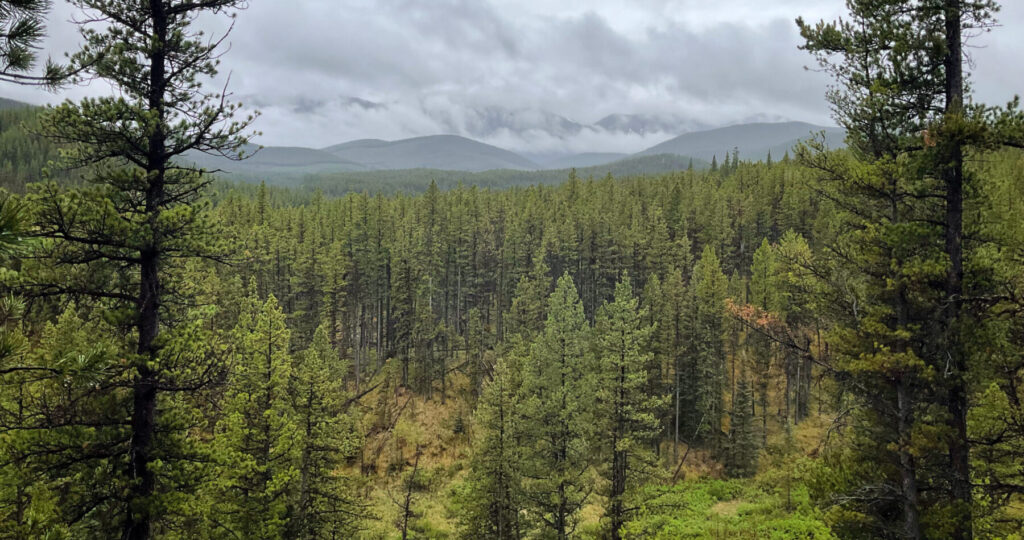
June 20, 2024
National Indigenous Peoples Day, 2024
The Role of Indigenous Engagement in the Stewardship of Cultural Landscapes National Indigenous Peoples Day is a celebratory holiday to commemorate the culture, heritage, and contributions of the Indigenous population of Turtle Island (Canada). This year, we would like to highlight the significance of Indigenous involvement in forestry-based archaeological assessments, and research programs throughout the
Keep Reading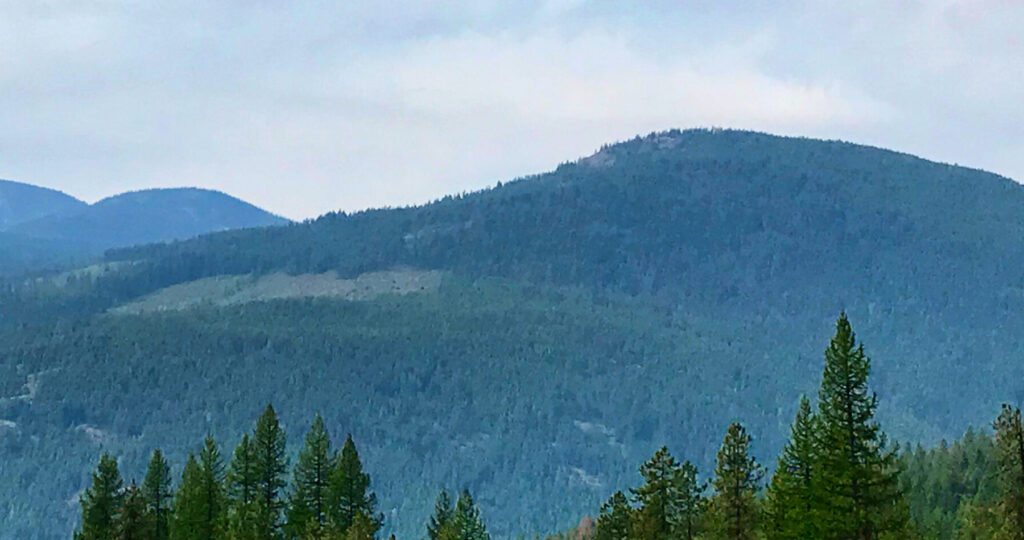
October 17, 2023
International Archaeology Day
What is it? International Archaeology Day is a celebration of Archaeology and it’s contributions to society! International Archaeology Day annually falls on the third Saturday of October (October 21st), and was first celebrated in 2011. The day was originally designed on a national level to help promote public participation and awareness of the important contributions
Keep Reading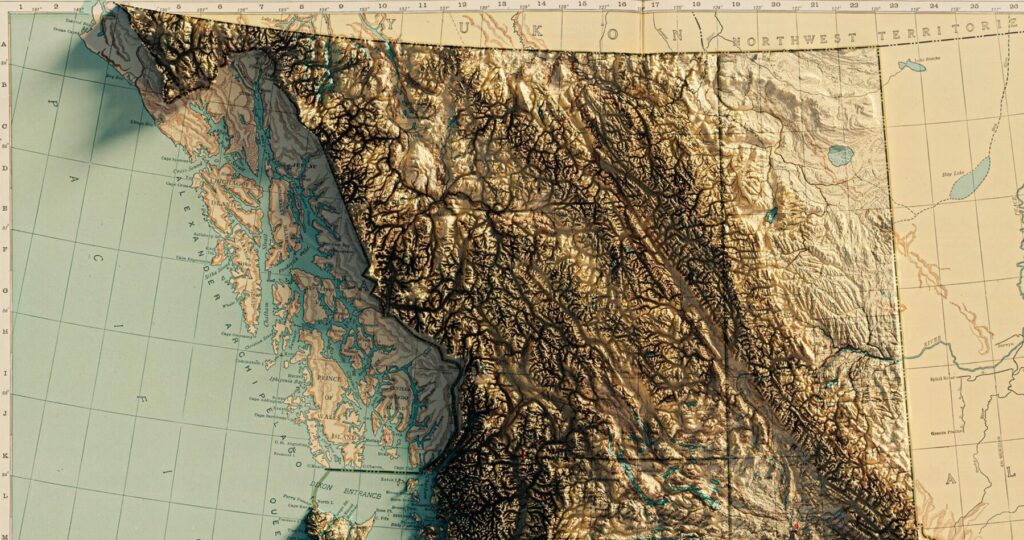
July 2, 2023
Top sites of 2022, BC edition
Field operations in British columbia 2022 marked Ember Archaeology’s first year of significant field operations in British Columbia. Our BC crews conducted a number of sizable wildfire-related projects for the BC Ministry of Forests over the course of the season, ultimately surveying hundreds of kilometers of constructed fireguards and fuel reduction developments. These were nearly
Keep Reading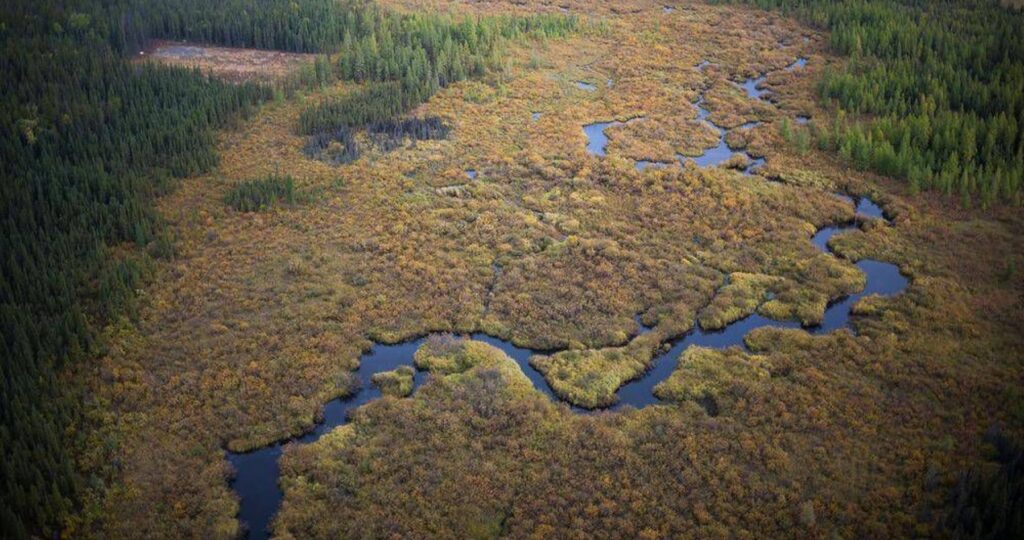
June 1, 2023
The Quarry of the Ancestors
Alberta Oil sands The Alberta oil sands has seen it’s fair share of media attention over the last few decades! Unfortunately, most of it has not been positive… In this blog, we are going to discuss an amazing archaeological discovery from the Alberta oil sands, and how these findings have shaped our knowledge about prehistory
Keep Reading
June 22, 2022
PRESS RELEASE – CPDFN / Ember Joint Venture
Today, Ember Archaeology announces its joint venture partnership with Chipewyan Prairie Dene First Nation (CPDFN), as an important step to helping CPDFN regain stewardship of their ancestral cultural and material remains. This partnership is structured around an approach for Indigenous engagement that is proactive and long-term. The new joint venture business area includes the Regional
Keep Reading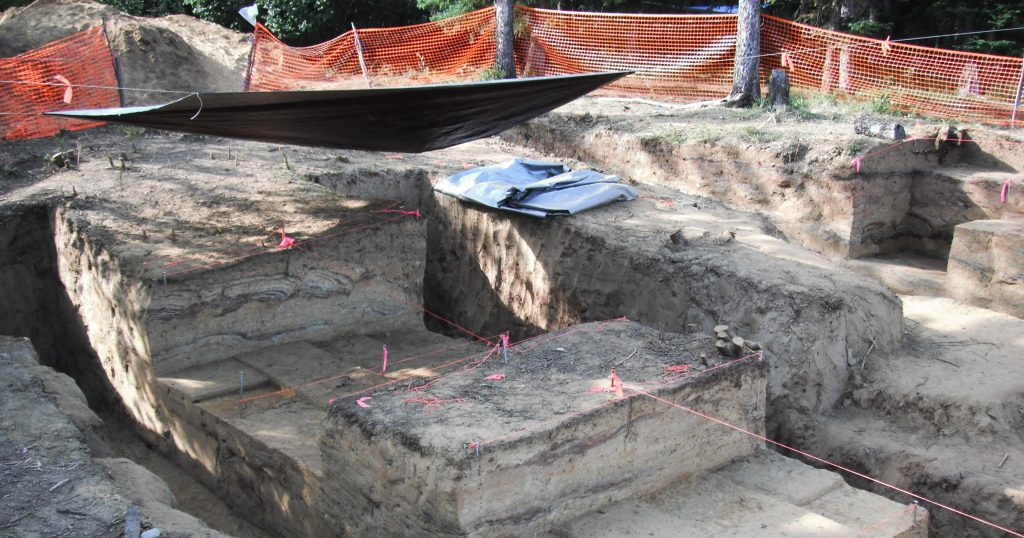
December 8, 2021
Hazards of the Job – Deep Trenches
Archaeology may not be as dangerous as portrayed in popular shows like Indiana Jones but we often overlook a very common fatal hazard.
Keep Reading
April 28, 2020
What Projects Need HRA Approval, or “Clearance”?
As Consulting Archaeologists, most of our work supports “regulatory compliance”. We help developers get government approval by assessing and mitigating potential impacts to historic resource sites. I’m frequently asked by developers whether a specific project requires Historical Resource Act Approval (or “Clearance”, as it was known before 2012). This isn’t as easy a question as one
Keep Reading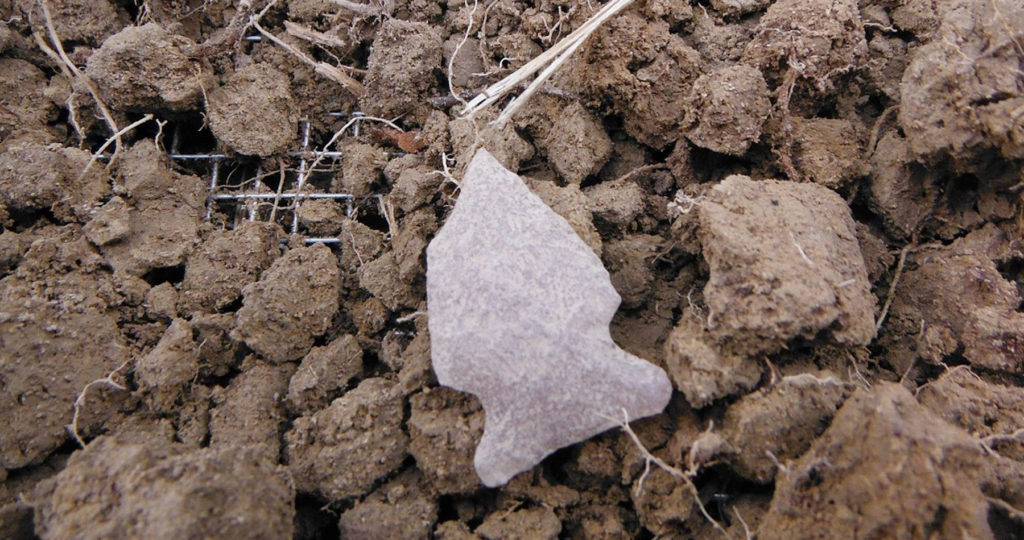
June 12, 2018
What Makes a Site Significant?
During our field seasons we find 100+ archaeological sites every year; however, not every site we find is flagged for avoidance. The decision of whether a site is avoided or approved for impact ultimately comes down to the Historic Resource Management Branch at Alberta Culture and Tourism’s approval of our recommendations. Our recommendations are based
Keep Reading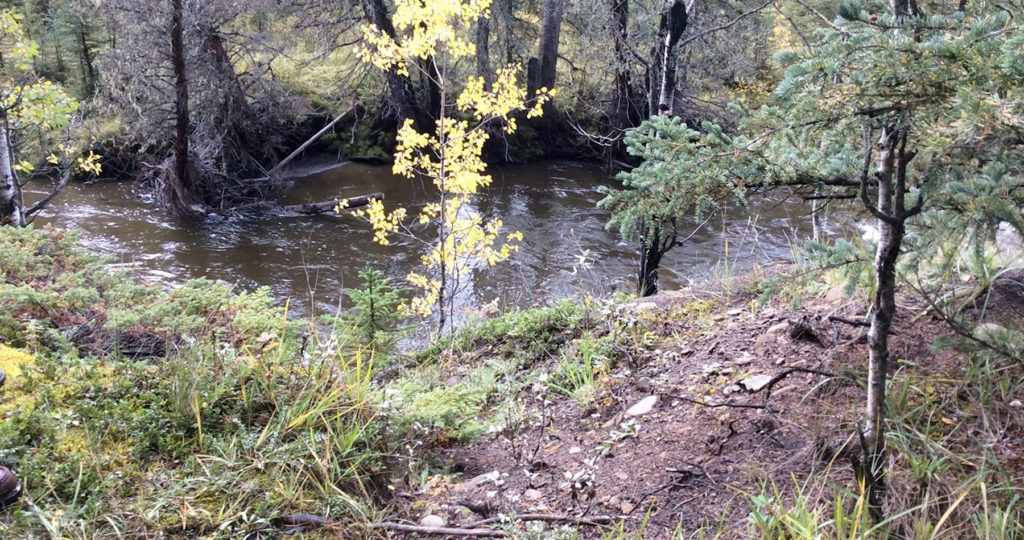
March 27, 2018
Publicly Reported Sites
In 2016 two members of the public contacted Tree Time Services to report archaeological sites that they had discovered. Our Archaeological Roadshow was being hosted by the Sundre Museum, during which we were approached by the first person who had found a side-notched projectile point while planting her garden. We arranged to meet her at
Keep Reading